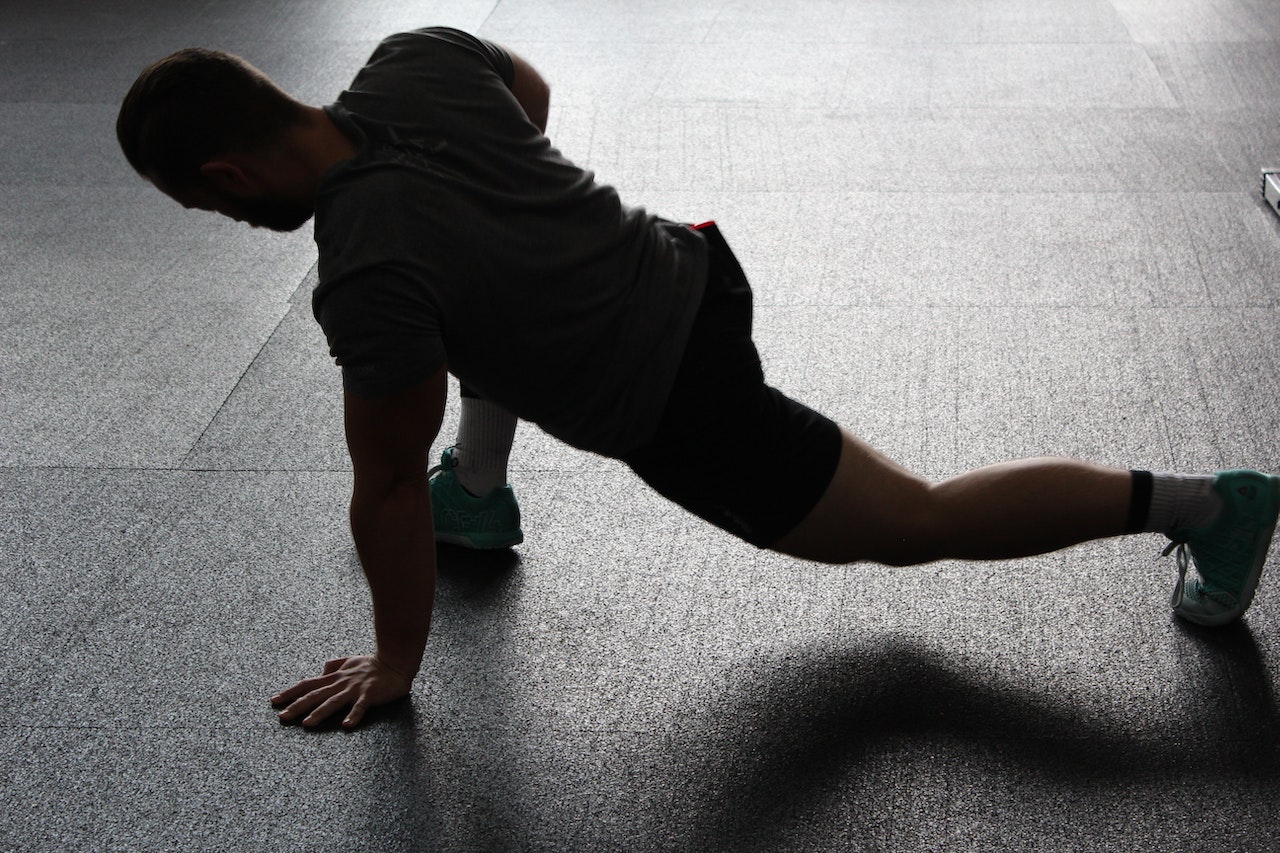
Stretching has numerous benefits, including correcting posture, improving sports performance, and decreasing injuries throughout the body. Injury prevention is greatly enhanced because there will be less restriction to movement, allowing a fuller range of motion. Performing sports with great flexibility is vital for many athletes, for instance, in martial arts or gymnastics. Having the ability to perform the splits would give the martial artists the ability to kick higher.
There are multiple types of stretching, including static, dynamic, and PNF (proprioceptive neuromuscular facilitation). Static stretching is not active and requires holding the stretch for a minimum of 30 seconds. Dynamic stretching is active, movement-based, and involves repeating the movement multiple times. Mainly used by health care professionals PNF (proprioceptive neuromuscular facilitation) consists of holding a stretch against resistance. It’s important to understand that each stretching technique has specific benefits and disadvantages depending on the individual’s goal.
What are the differences and benefits of these types of stretching techniques? Keep reading to find out.
STATIC STRETCHING
Static stretching is when an individual feels tension throughout the muscle while stretching and holds that position for an extended period, typically 30 seconds to 1 minute. By completing the stretches slowly and deliberately, the focus is on posture awareness and body alignment.
Focusing on the correct positioning of the body improves postural control. Static stretching is the most common type of stretching and produces many positive benefits. Static stretching increases the extensibility of soft tissues, including muscle and connective tissues (tendons and ligaments). Unfortunately, as individuals age, they typically lose the ability to effectively elongate their muscles.
This method can increase a senior’s flexibility, thereby decreasing the deleterious effect of aging. Many activities, such as martial arts and gymnastics, rely on executing movements with extensive flexibility to execute the exercise correctly. Regular static stretching, for example, performing the splits, would allow the martial artist to kick higher. By having incorrect posture, some muscles become tight and overactive. Flexibility training corrects many posture ailments by increasing extensibility. Developing the ability to go deeper into a stretch improves the mechanical function of the joint.
The best results with static stretching are achieved by doing 2 to 3 repetitions of each stretch and holding the position for 30 seconds to 1 minute a minimum of 3 times weekly.
This type of stretching is typically safe and can be included in most individuals’ workout routines or done solely to increase relaxation, flexibility or to correct posture. Static stretching should be followed by dynamic stretching, significantly improving sports performance. Static stretching tones down the tension in a muscle which is excellent for post-workout and recovery between exercise sessions. However, if done before an activity, it can impair performance. Dynamic stretching wakes a muscle up and makes it warm to improve exercise.
DYNAMIC STRETCHING
Unlike ballistic stretching, which increases the chance of injury, dynamic stretching safely improves flexibility throughout the body. Ballistic stretching is speedy, explosive, uncontrolled movements, which can increase the likelihood of injury.
Dynamic stretching is repetitive movements of increasing velocity where an individual holds the movements for 1 – 2 seconds while the muscle is actively contracting. It involves moving the muscle through an extensive, controlled, full range of motion.
Static stretching decreases the performance of all activities if completed immediately before exercise. However, including static stretching post-workout can be a great cool down. Post-workout stretching allows the muscles to return to their optimal position.
Dynamic stretching improves performance before activity by actively warming the muscle before weightlifting, sports, or cardiovascular exercise. The stretches should mimic the activity before a workout or athletic event.
An example would be arm circles, swings, and the active chest opener stretch performed before working the chest. It will help the exerciser or athlete mentally and physically prepare for the activity.
Another huge benefit to effectively warming up is injury prevention. The warmer a muscle is during a workout or sport, the less opportunity for injury. Especially beneficial for athletes, it improves strength, flexibility, acceleration, coordination, and speed.
PNF (PROPRIOCEPTIVE NEUROMUSCULAR FACILITATION)
Typically used by professionals on clients, PNF (proprioceptive neuromuscular facilitation) stretching improves muscle elasticity and positively affects the active and passive range of motion. It involves stretching a joint to an endpoint holding that position while contracting the muscle against resistance, usually by a qualified healthcare professional for an allotted amount of time, then moving to another endpoint on the same muscle, called the contract-relax-contract technique.
The positive benefit PNF stretching has over other types of stretching is the dramatically increased flexibility achieved with this type of technique. It is an excellent addition to rehabilitation programs used by physical therapists and other health care providers.
Sports performance, such as jogging, can be dramatically improved with this technique. Hip and leg inflexibility can decrease stride rate and length and therefore running economy. Including PNF stretching in a program will improve both metrics dramatically. Including PNF stretching into a program at least two days a week will produce the most benefit.
Conclusion
There are various forms of stretching: static, dynamic, and PNF (proprioceptive neuromuscular facilitation). All the different forms of stretching offer unique benefits, and each one is advantageous for overall sports, athletic, or rehabilitation programs.
Stretching can improve an exerciser’s performance at various times, such as pre- or post-workout. Allowing the muscle to move through a full range of motion unrestricted, improving injury prevention. A joint’s ability to elongate properly can effectively enhance a muscle’s function. A wider range of movement will be possible, aiding in sports, daily tasks, and workouts.
Having the ability to move unrestricted is critical for many sports, such as gymnastics and martial arts. Having the proper extensibility to perform the chosen task will decrease the chance of developing an injury. Recovery after an intense workout such as HIIT or weightlifting is greatly amplified. There are various forms of stretching, each with unique, favorable, and advantageous reasons to perform each one.




